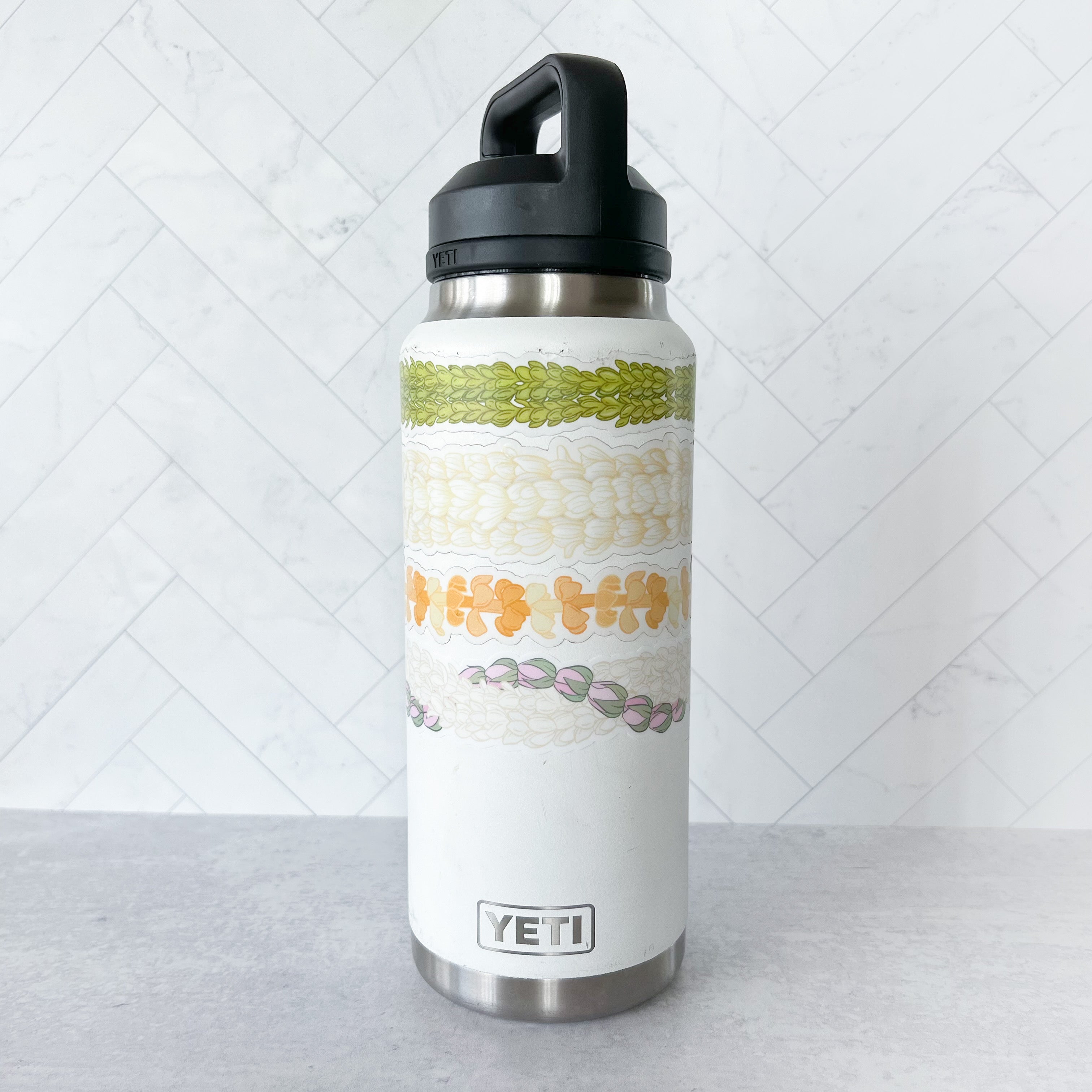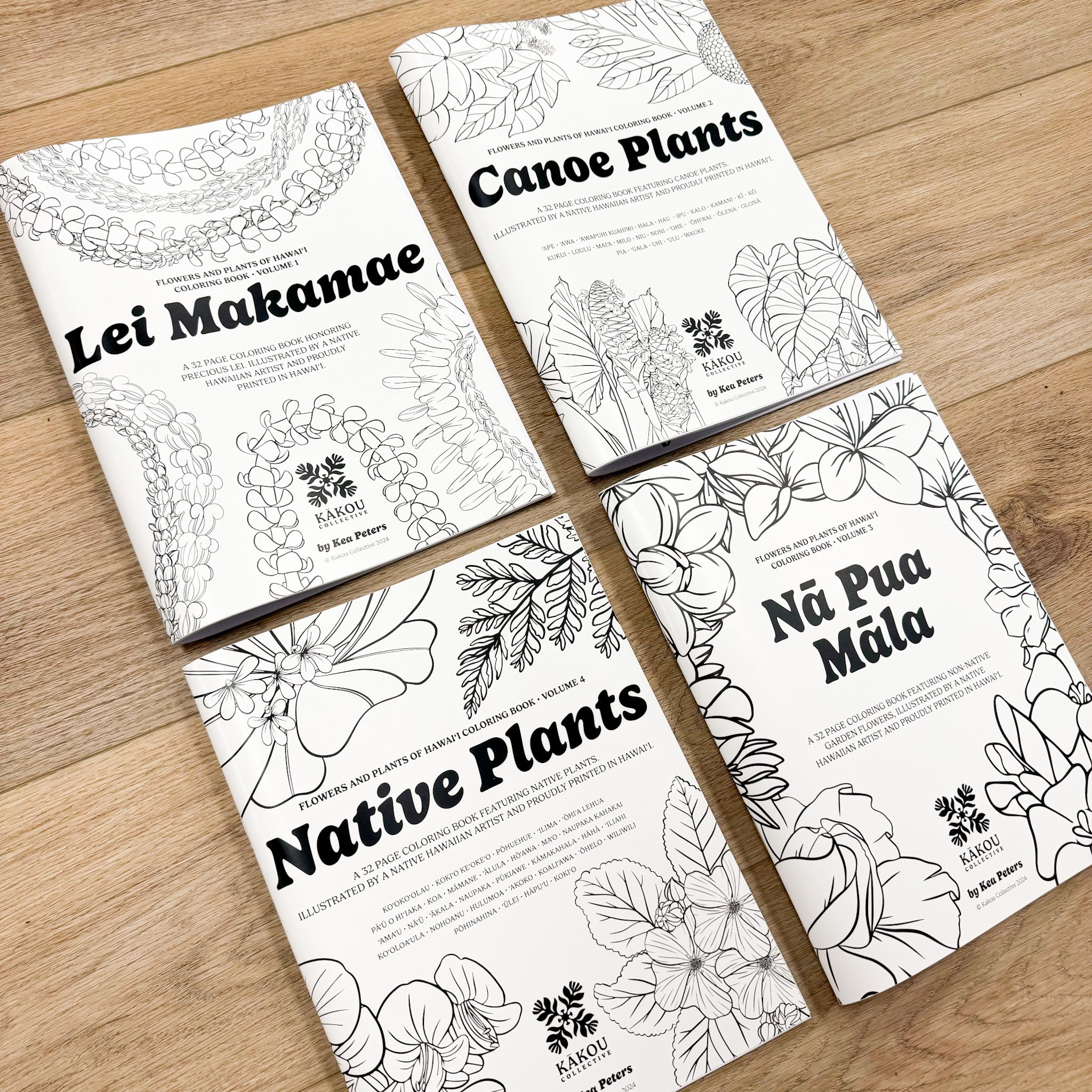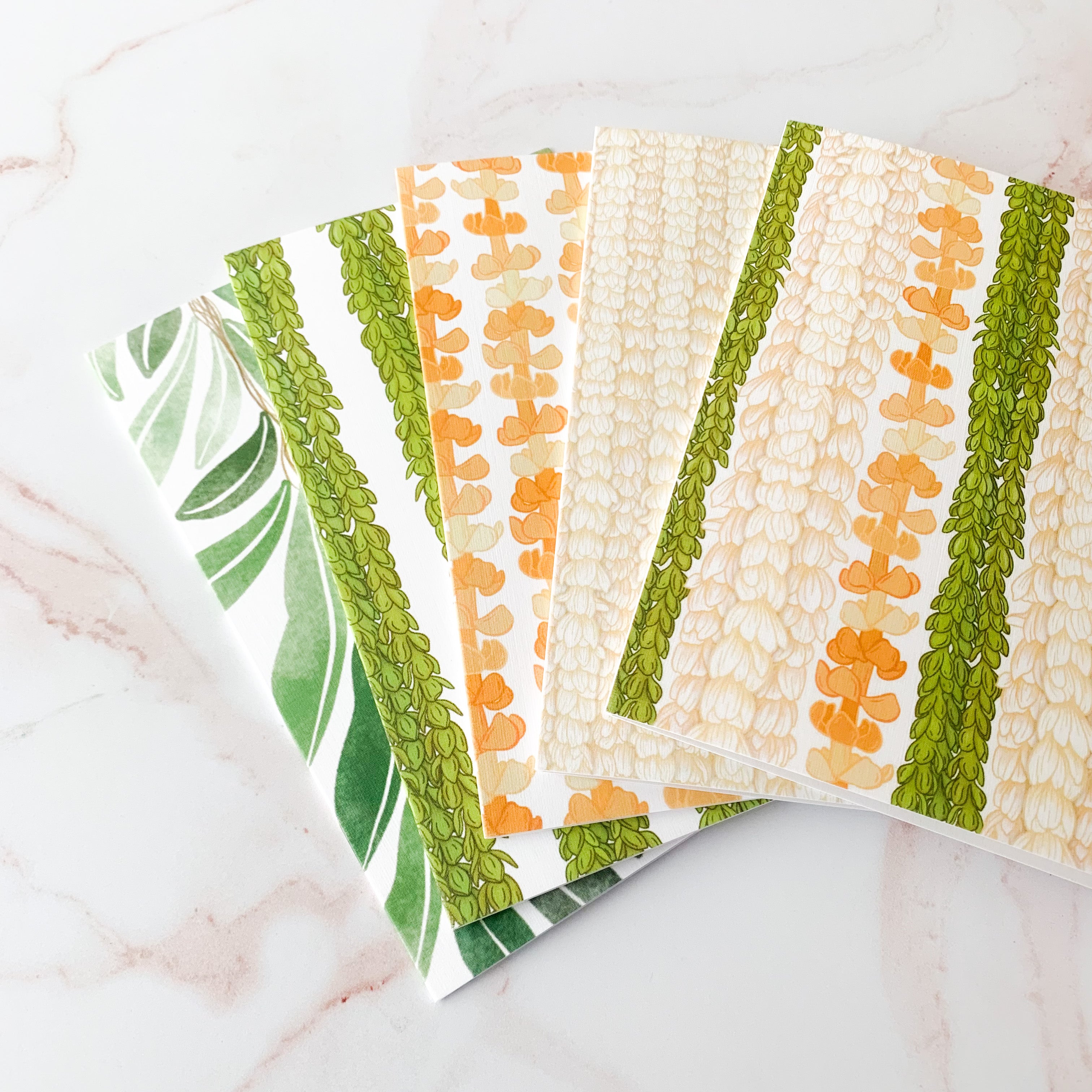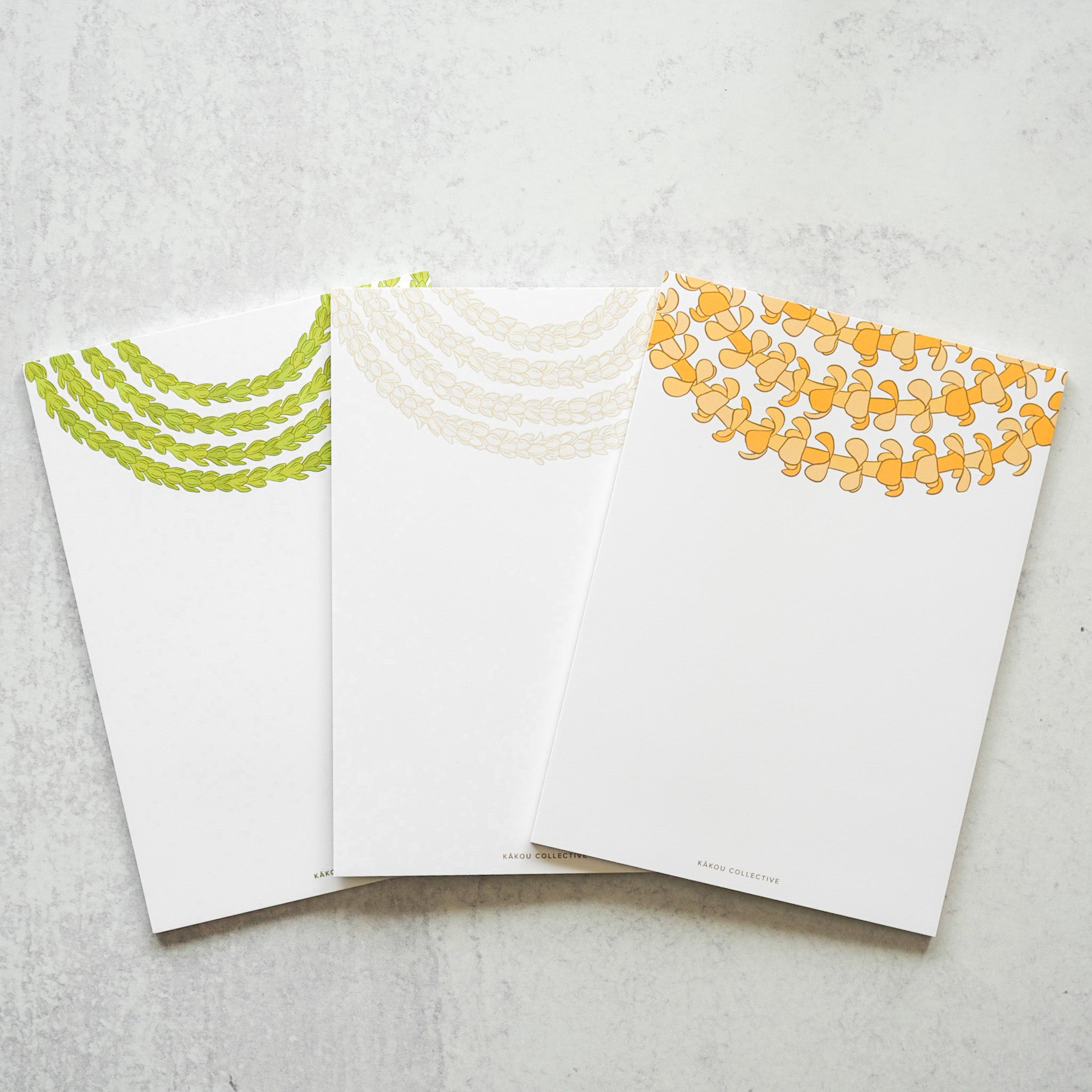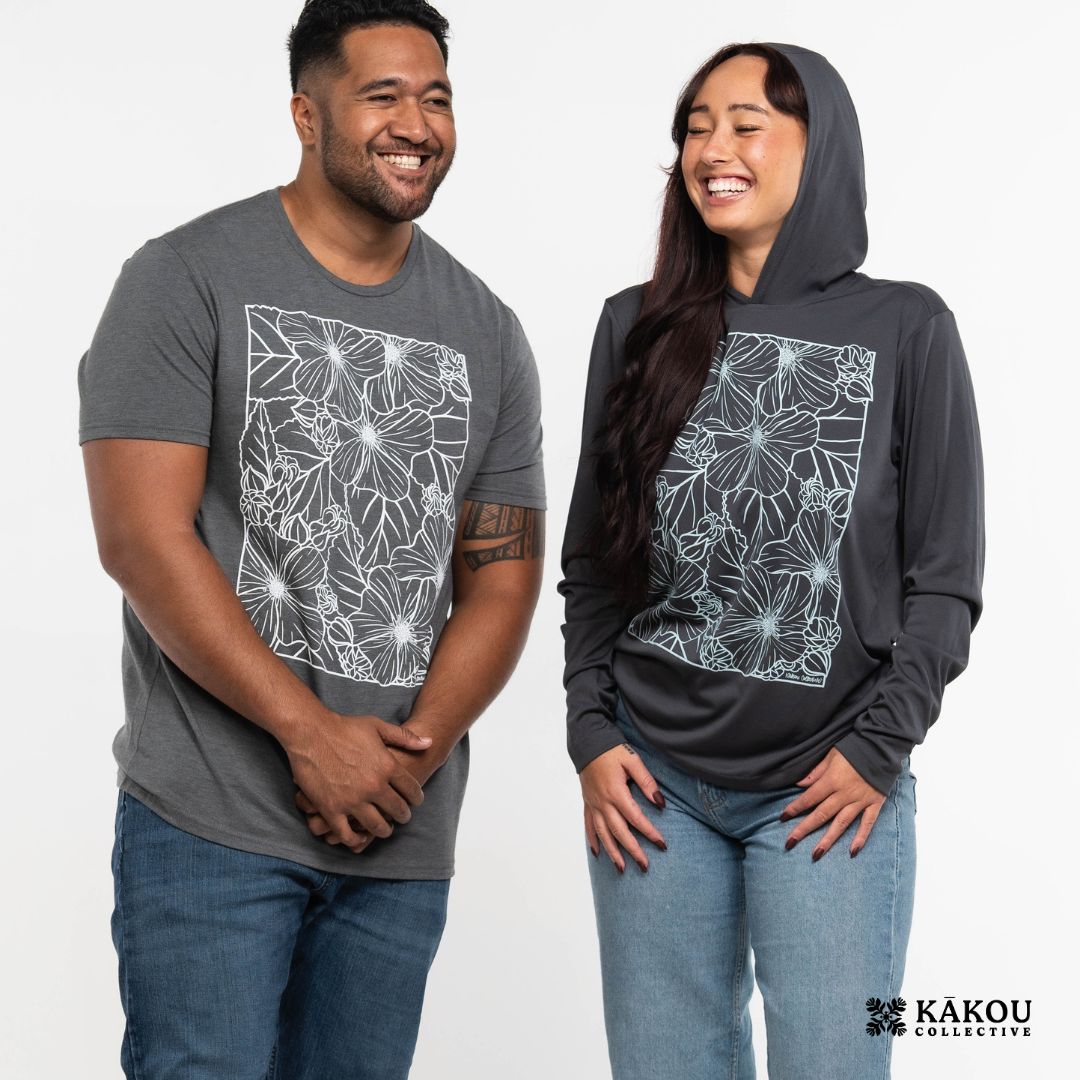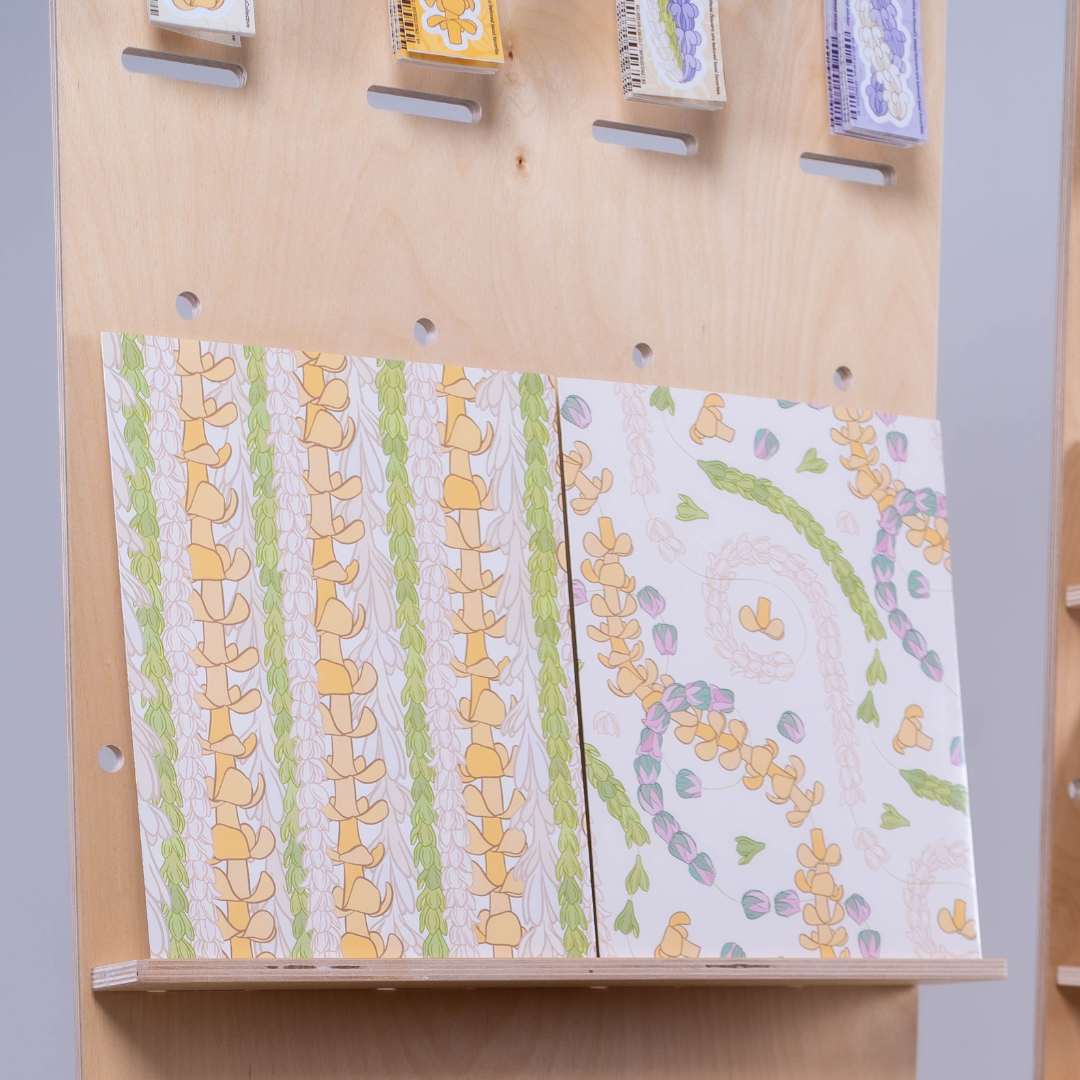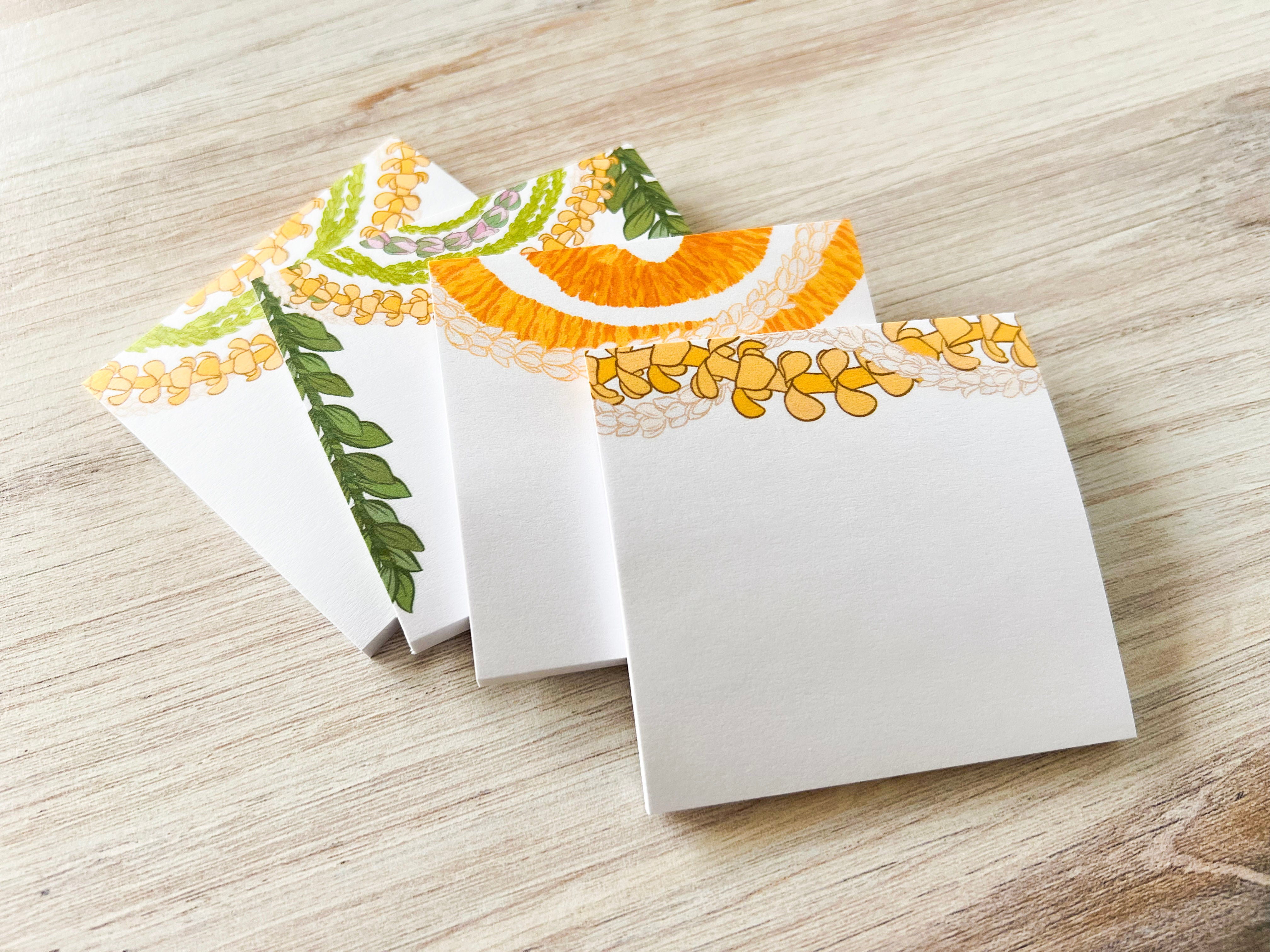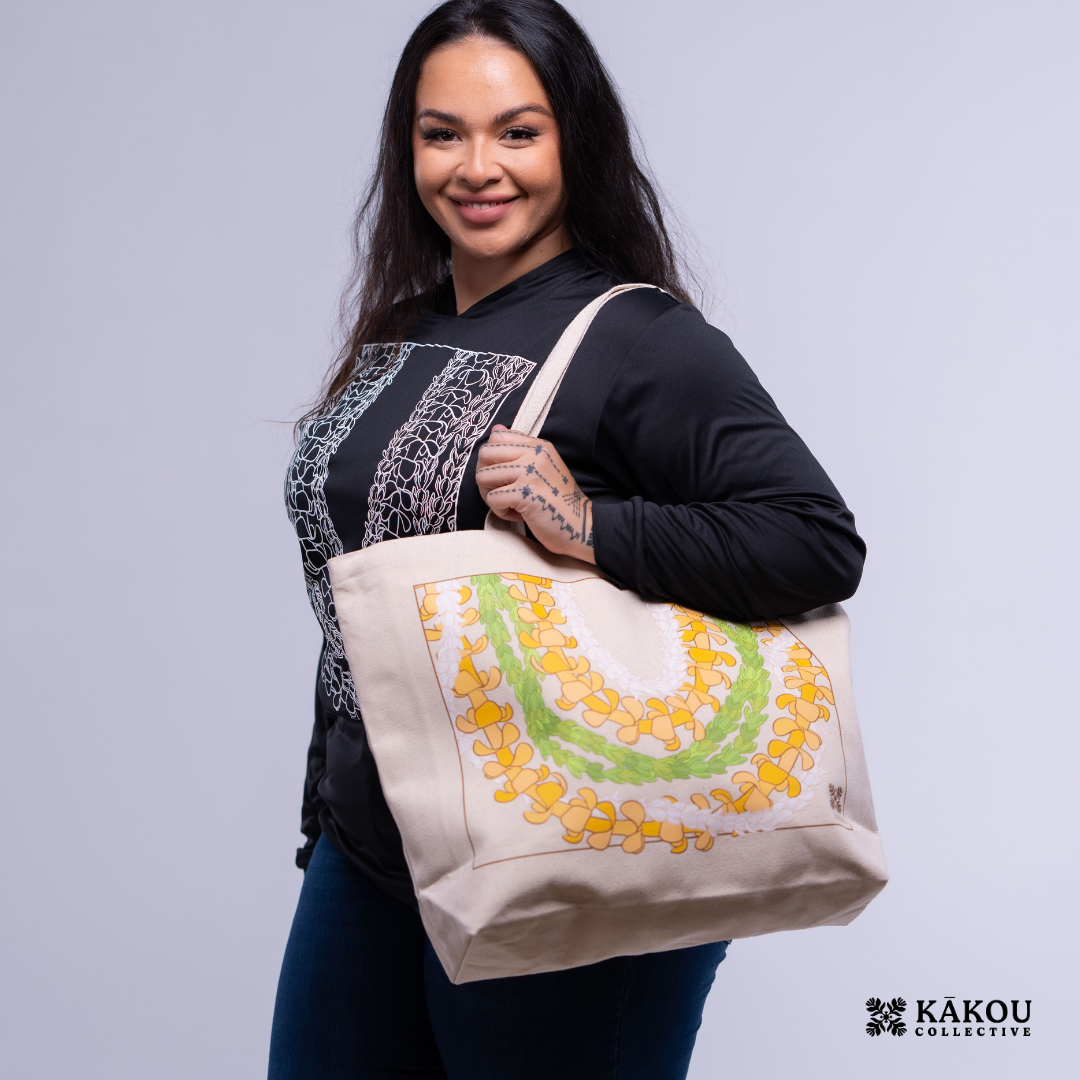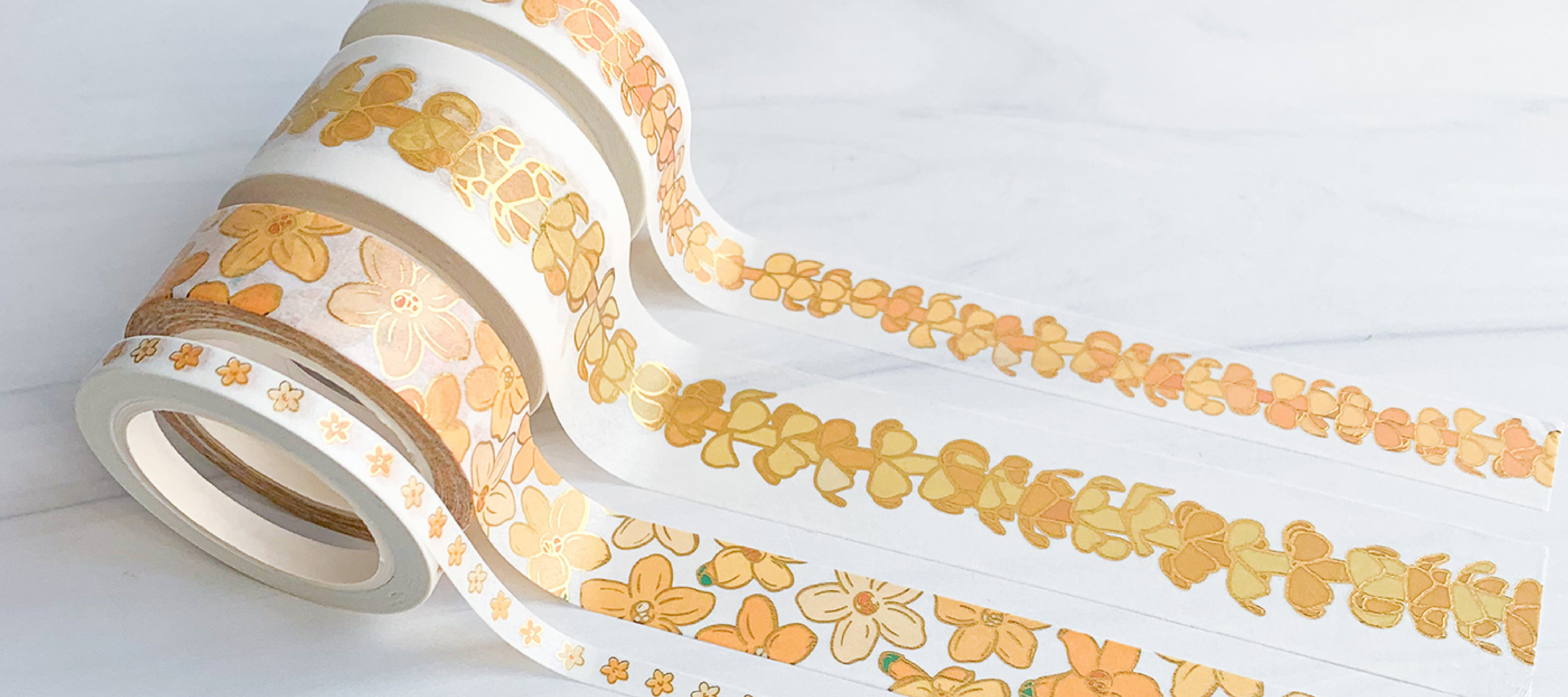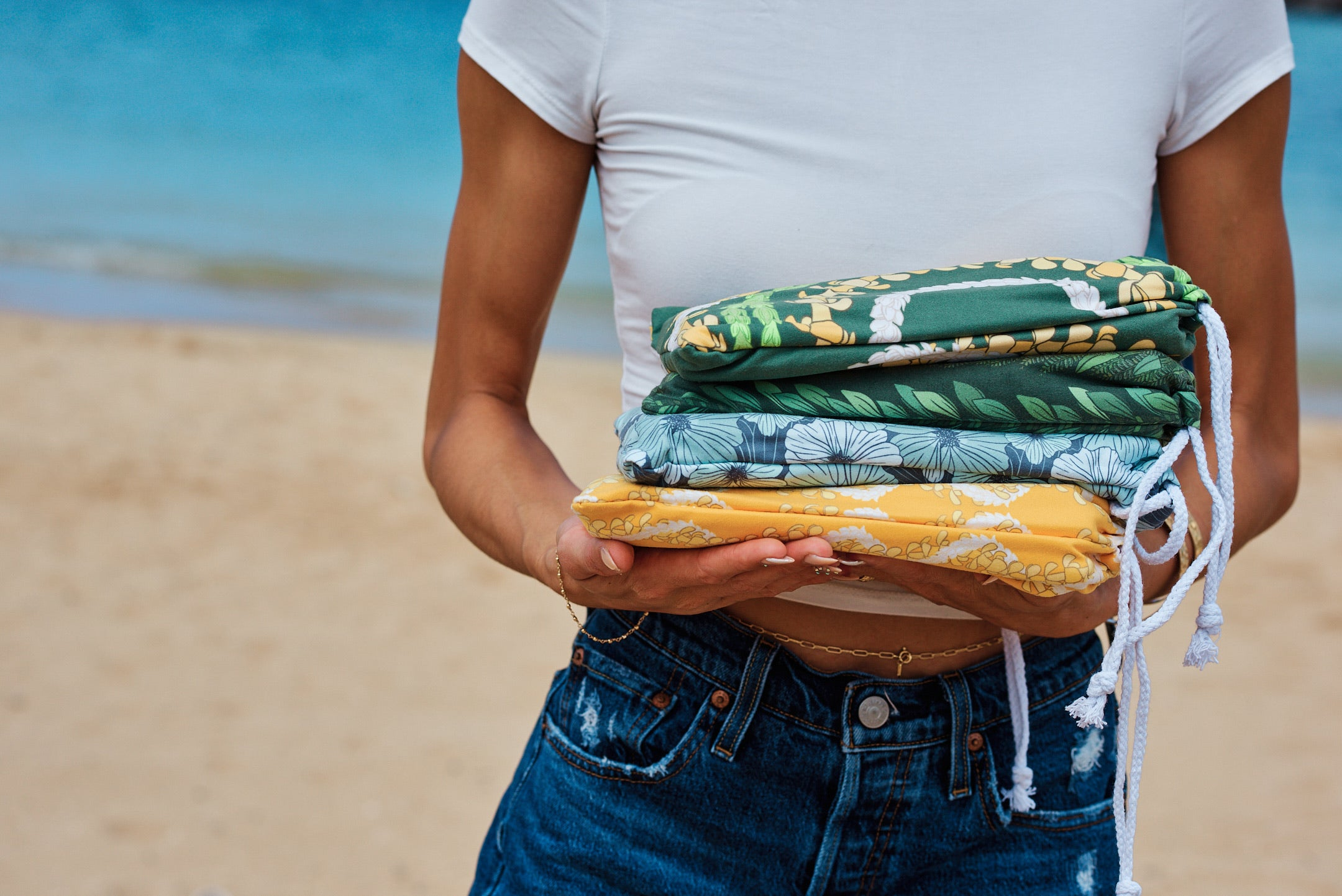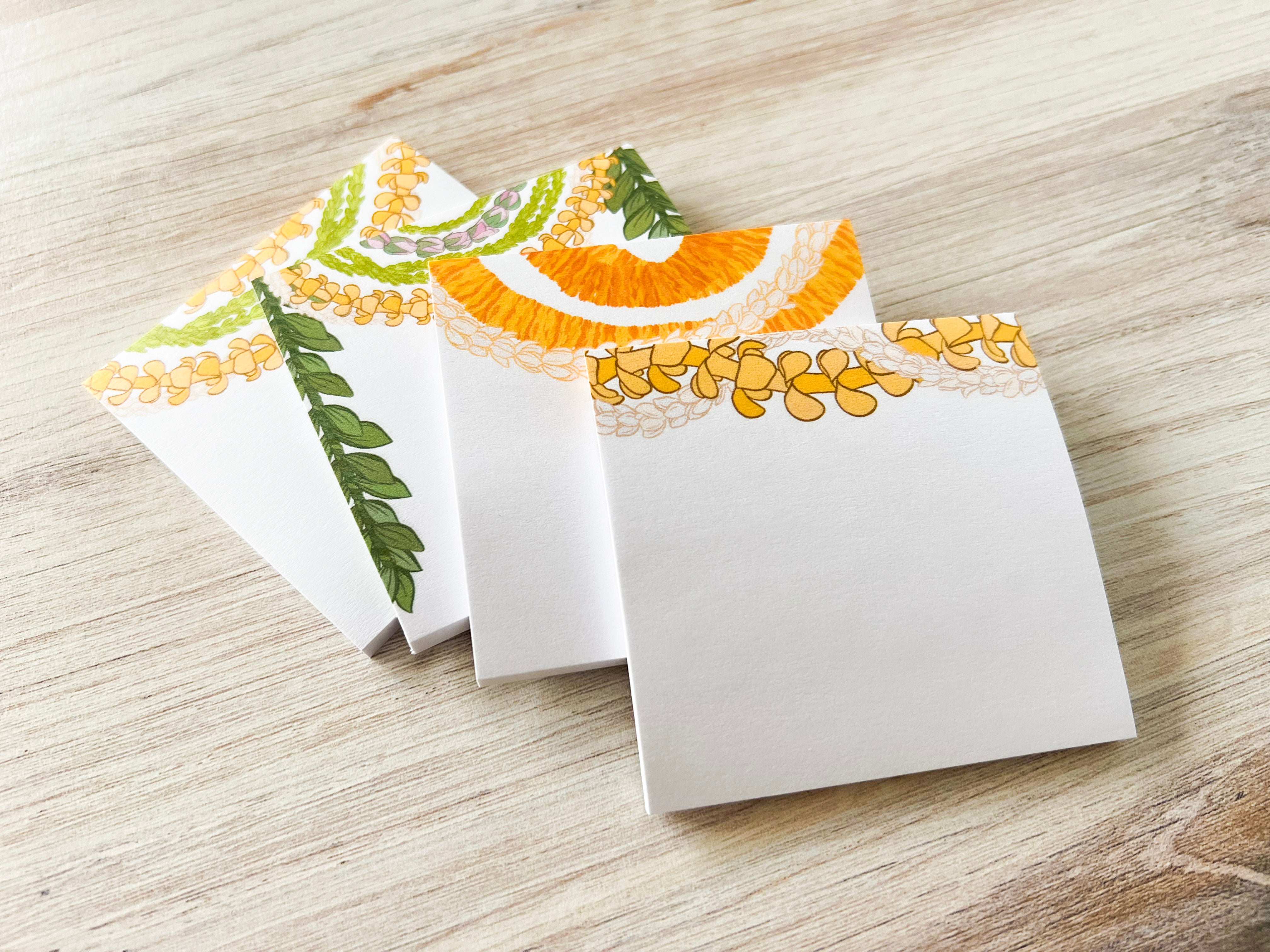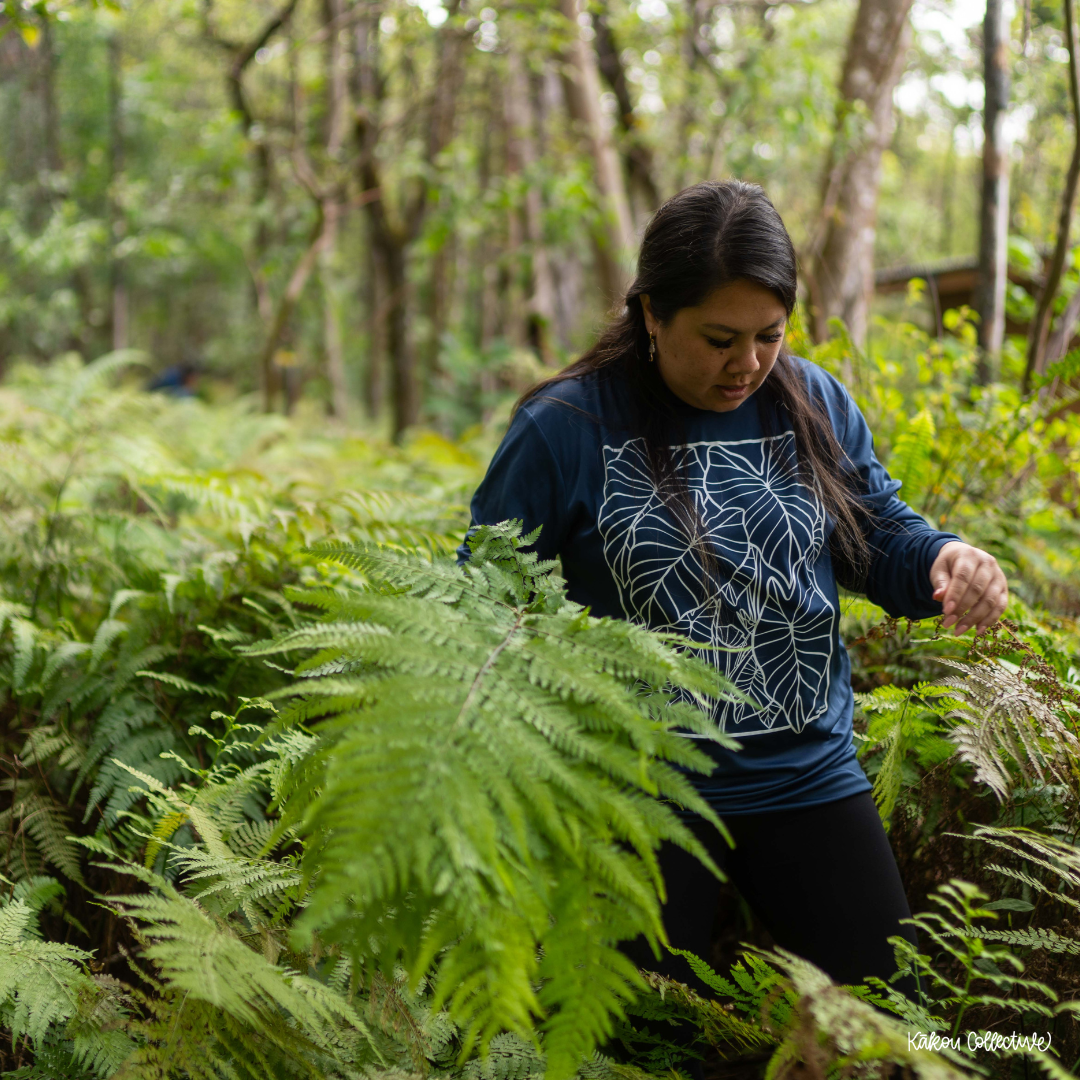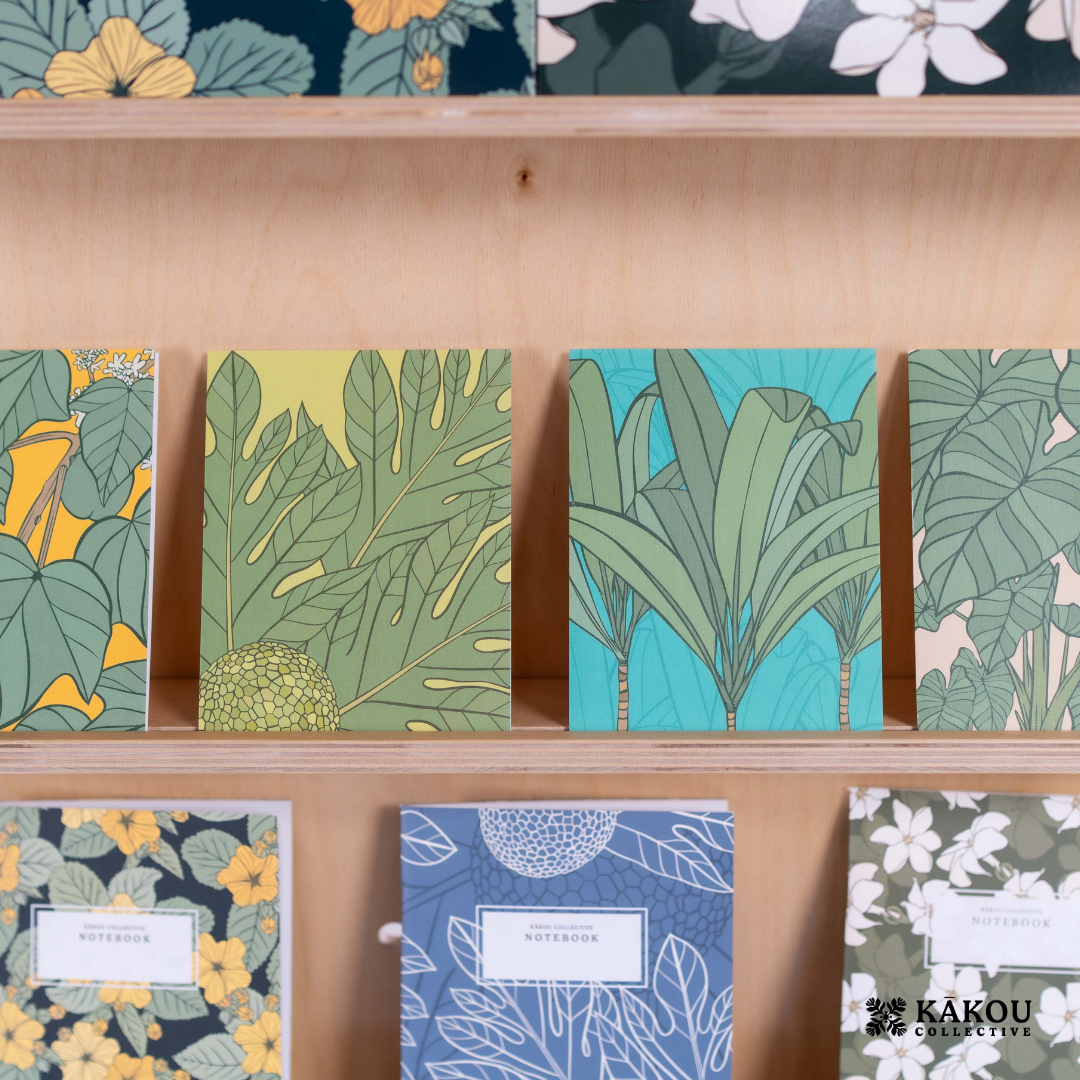Lei Aloha: Celebrating the Fragrant Treasures of Hawaiian Culture
In the rich tapestry of Hawaiian culture, few things are as beloved and symbolic as the lei. Today, we're honoring three particularly cherished lei that have woven their way into the hearts of our Kakou Collective hui. Each of these lei - Pīkake, Puakenikeni, and Pakalana - carries its own unique story and significance, creating a fragrant narrative of Hawaii's history and natural beauty.
The Royal Elegance of Pīkake
Pīkake, the Hawaiian name for Jasminum sambac, is a lei that carries the essence of royalty. This fragrant flower, one of about a dozen Jasminum species grown in Hawaiʻi, has a name that resonates with a touching historical anecdote.
The name "Pīkake" is actually adapted from the English word "peacock." This adaptation came about because of Princess Kaʻiulani's fondness for both the flower and the majestic bird. Imagine the young princess, walking through gardens adorned with both the elegant peacocks and the delicate jasmine flowers, their scents mingling in the warm Hawaiian air.
The Pīkake lei, with its small white flowers and intoxicating fragrance, continues to be a favorite for special occasions, carrying with it the grace and dignity of Hawaiian royalty.
Puakenikeni: The Ten-Cent Treasure
In stark contrast to the royal associations of Pīkake, we have the charmingly named Puakenikeni. This name takes us back to a different era in Hawaiian history, one of bustling ports and arriving visitors.
"Puakenikeni" literally translates to "ten-cent flower," with "pua" meaning "flower" and "kenikeni" meaning "ten cents." This name is a living reminder of the early 1900s, when visitors would arrive in Hawaii by boat. As they stepped onto the islands, they could purchase a Lei Puakenikeni for just ten cents.
Despite its humble name, the Puakenikeni lei is anything but common. Its delicate orange-yellow flowers release a sweet, heady fragrance that captures the essence of a tropical paradise.
Pakalana: The Fragrant Immigrant
Our third lei, the Pakalana, represents the beautiful intermingling of cultures that is so characteristic of Hawaii. Pakalana is the local variety of the Chinese violet, Telosma cordata, believed to have been introduced to Hawaiʻi around the mid-1800s.
This "immigrant" flower quickly found a home in Hawaiian hearts and traditions. The Pakalana lei is often crafted by sewing single strands of flowers, then layering these strands upon themselves. The result is a lei of unparalleled fragrance - a true sensory experience that lingers in memory long after the flowers have faded.
A Collective Treasure
These three lei - Pīkake, Puakenikeni, and Pakalana - hold a special place in the hearts of our Kakou Collective hui. Each member of our hui has shared beautiful memories associated with these lei, weaving a collective narrative of love, celebration, and connection to Hawaiian culture.
Whether it's the memory of a grandmother's garden filled with fragrant Pīkake, the joy of receiving a Puakenikeni lei upon arriving in Hawaii, or the intense aroma of a Pakalana lei at a family celebration, these flowers have become intertwined with our personal and collective histories.
Lei Aloha: A Living Tradition
As we celebrate these lei, we're not just admiring beautiful flowers. We're participating in a living tradition that connects us to the land, to our history, and to each other. Each lei tells a story - of royalty and common folk, of native plants and cherished immigrants, of past traditions and ongoing celebrations.
To our Kakou Collective hui, and to all who cherish these lei, may the fragrances of Pīkake, Puakenikeni, and Pakalana continue to evoke beautiful memories and create new ones. In the spirit of aloha, let us continue to share the love, respect, and joy embodied in these fragrant treasures of Hawaiian culture.
Mahalo for allowing us to share in your memories and for helping to keep these beautiful traditions alive. Lei aloha to all!


